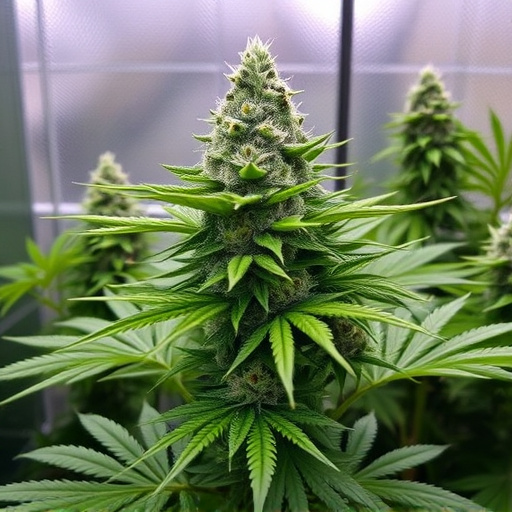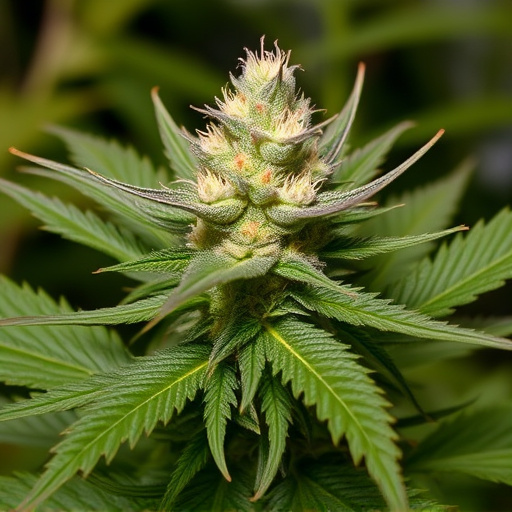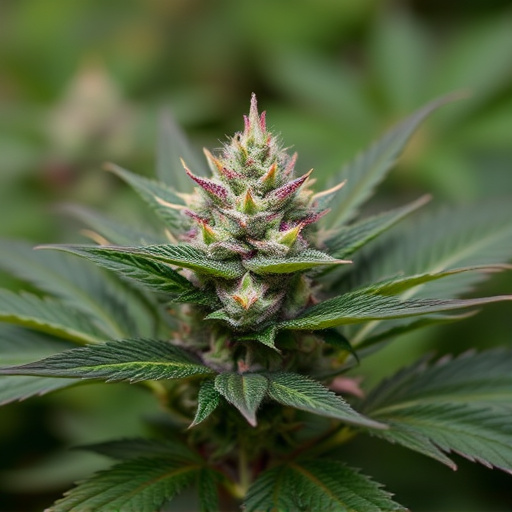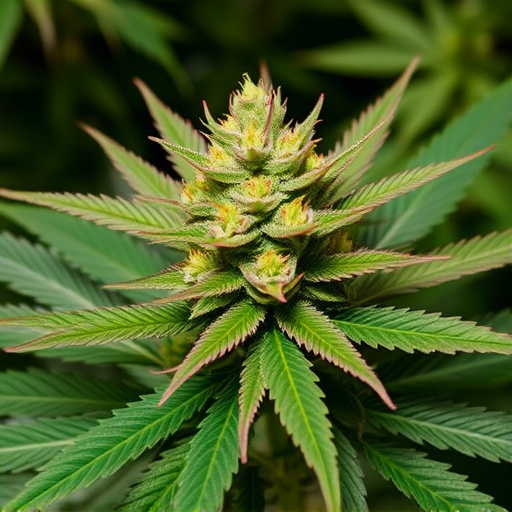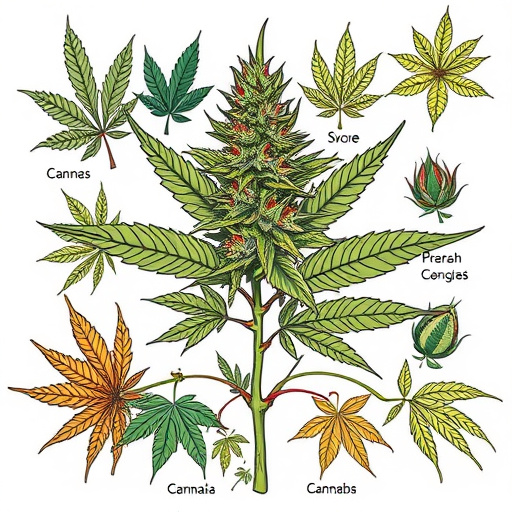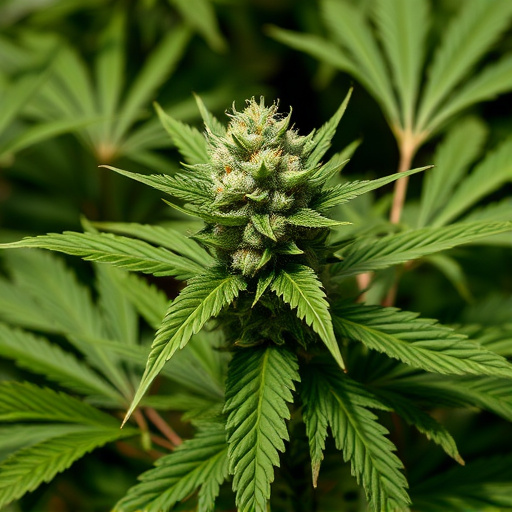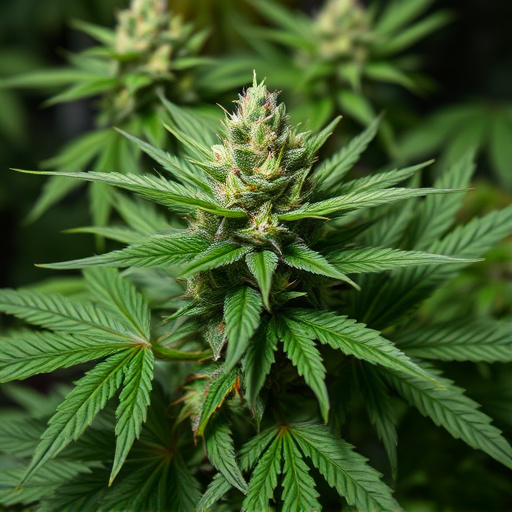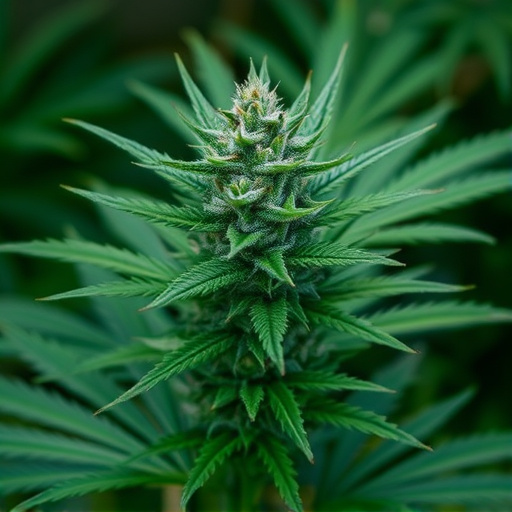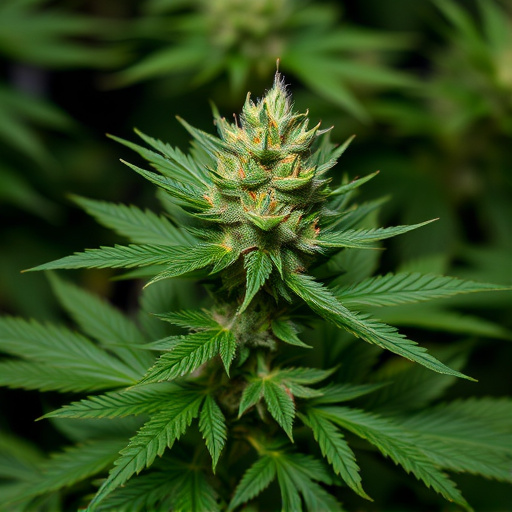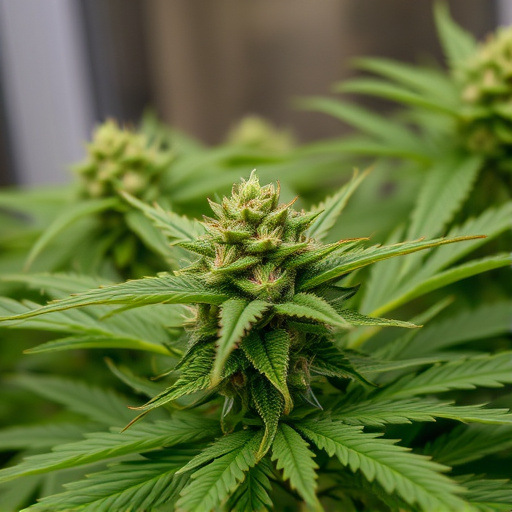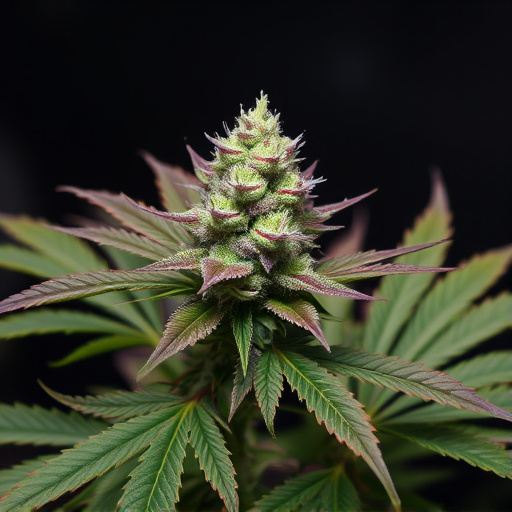Terpenes, aromatic compounds in medical marijuana strains, enhance scent, flavor, and therapeutic effects by interacting with cannabinoids like THC and CBD. Different terpenes like myrcene, limonene, linalool, and pinene offer diverse sensory experiences and potential medicinal benefits. Understanding terpene profiles enables consumers to choose medical marijuana strains tailored to their desired aromas and therapeutic requirements.
“Unveiling the enigmatic aromas of medical marijuana strains, we explore the integral role of terpenes—the silent architects of cannabis scents. These volatile compounds not only bestow upon different strains their distinctive fragrances but also play a pivotal role in shaping the therapeutic experience. Through this article, we delve into the chemical diversity of terpenes, their aromatic profiles, and their synergistic interaction with cannabinoids, offering a comprehensive guide to understanding how terpenes enhance the medical marijuana experience.”
- The Role of Terpenes in Cannabis Aroma
- – Exploring the chemical composition of terpenes and their impact on the scent profile of medical marijuana strains.
- Terpene Varieties and Their Aromatic Profiles
The Role of Terpenes in Cannabis Aroma
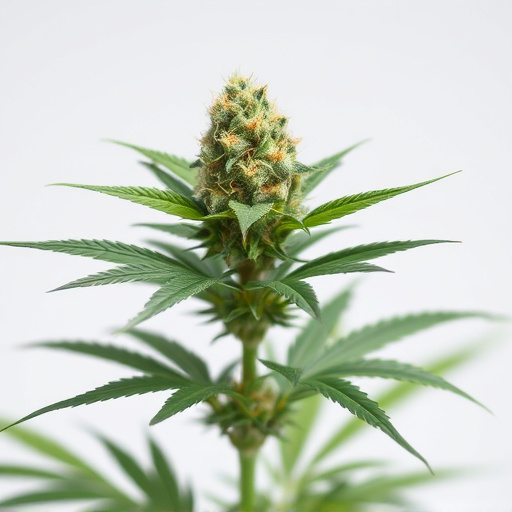
Terpenes play a pivotal role in shaping the distinct aromas associated with different cannabis strains, making them an essential component of the medical marijuana experience. These aromatic compounds are naturally occurring oils found in various plants, including cannabis, and contribute to the unique scent and flavor profiles we associate with specific strains. Each terpene offers its own sensory profile, ranging from citrusy and fruity notes to earthy and woody ones, creating a complex olfactory journey.
In medical marijuana, terpenes not only enhance the overall user experience but also interact with cannabinoids like THC and CBD, potentially influencing their effects. Certain terpenes are known to modulate the intensity and duration of these effects, which is why specific terpene profiles in strains have become sought-after by patients looking for tailored therapeutic benefits. Understanding the role of terpenes allows consumers to navigate the diverse cannabis market, choosing strains that cater to their desired aroma and potential medicinal properties.
– Exploring the chemical composition of terpenes and their impact on the scent profile of medical marijuana strains.
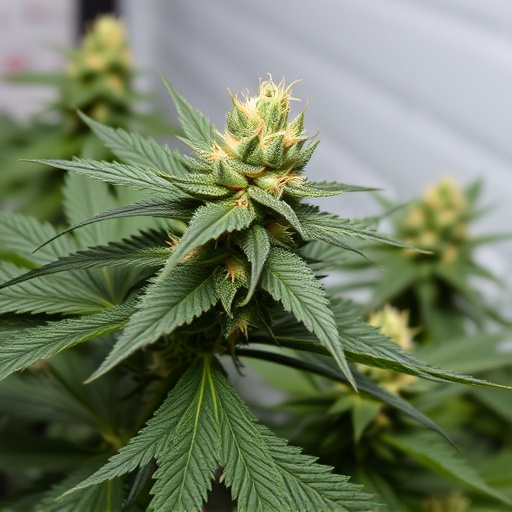
Terpenes, a diverse class of aromatic compounds, play a pivotal role in shaping the unique scent profiles associated with different medical marijuana strains. With their intricate chemical composition, these organic molecules contribute significantly to both the olfactory experience and the therapeutic potential of cannabis. Each terpene possesses distinct chemical properties, leading to a wide range of aromas, from citrusy and fruity to earthy and pine-like scents.
When present in varying concentrations within medical marijuana strains, terpenes interact synergistically with cannabinoids, particularly THC and CBD. This complex interplay significantly influences the overall sensory perception and potential medicinal effects. For instance, myrcene, known for its earthy and musky notes, is often linked to inducing relaxation and sleepiness, while limonene’s citrusy aroma is associated with uplifting and energizing effects. Understanding these chemical interactions offers valuable insights into personalizing cannabis experiences for specific therapeutic needs.
Terpene Varieties and Their Aromatic Profiles
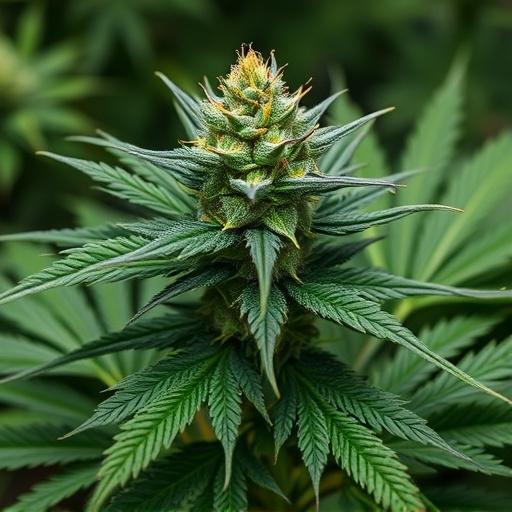
Terpenes, often referred to as the “aromatic molecules” of cannabis, play a pivotal role in shaping the distinctive scents and flavors associated with different medical marijuana strains. With hundreds of identified terpenes, each offering unique aromatic profiles, these compounds contribute to the diverse sensory experiences users enjoy. For instance, myrcene is renowned for its earthy, musky scent, imparting a heavy, relaxing aroma often found in Indica-dominant strains, while limonene provides a refreshing citrusy note prevalent in Sativa varieties.
Linalool stands out with its floral and woody fragrance, commonly observed in hybrid strains, offering both relaxation and potential anxiolytic effects. Pinene, reminiscent of pine trees, adds a sharp, woody character to certain medical marijuana strains, enhancing their therapeutic appeal. Understanding these terpene varieties and their aromatic profiles is essential for cultivators and consumers alike, as it allows for the selection of specific strains catering to desired scent preferences and potential medicinal benefits.
Terpenes play a pivotal role in differentiating the diverse aromas found among medical marijuana strains. These aromatic compounds not only contribute to the unique scents we associate with different cannabis varieties but also offer potential therapeutic benefits. By understanding the chemical diversity and specific aroma profiles of terpenes, cultivators can further refine the sensory experience for patients, enhancing the overall well-being associated with medical marijuana use.
